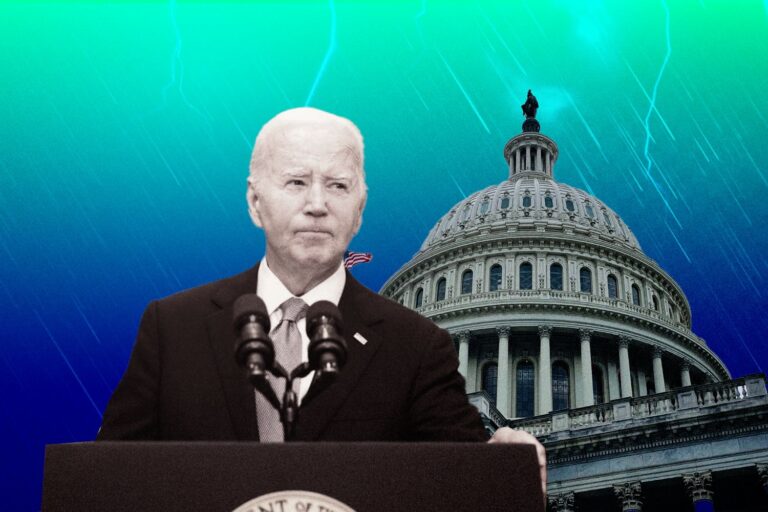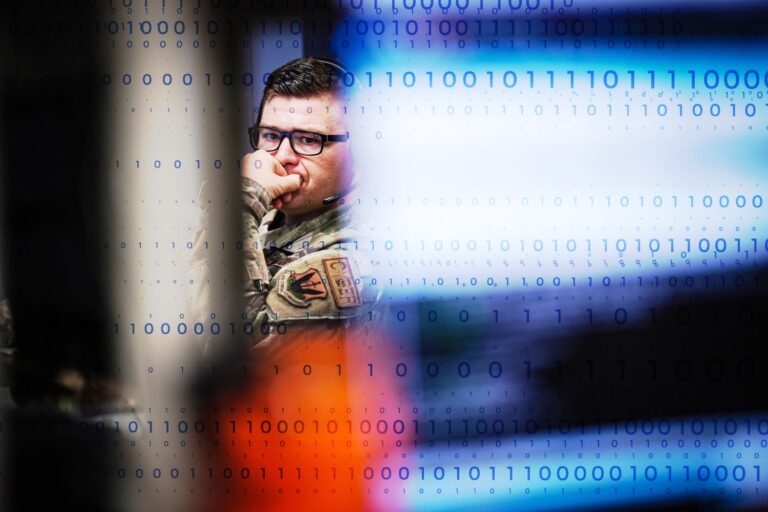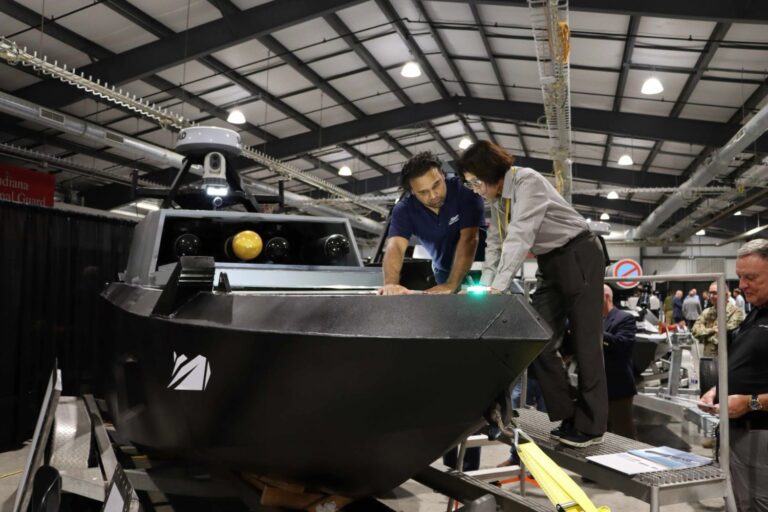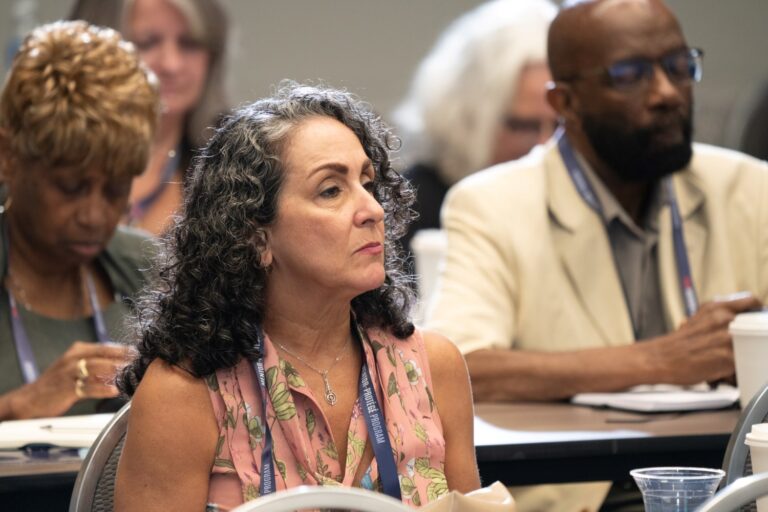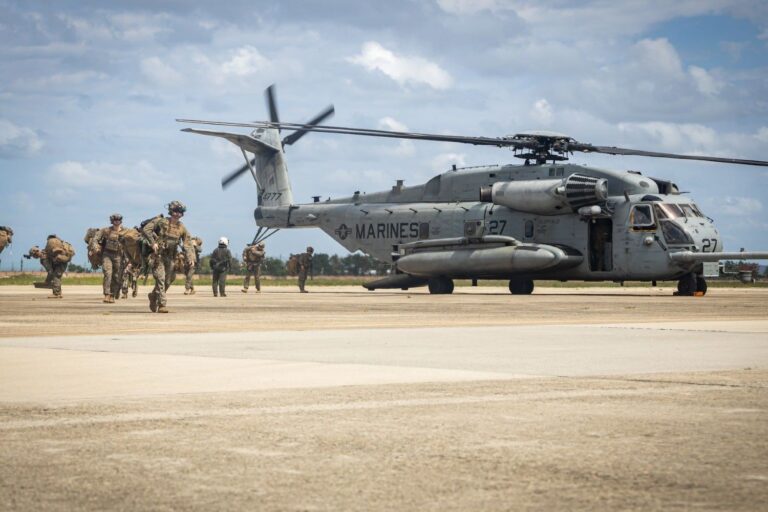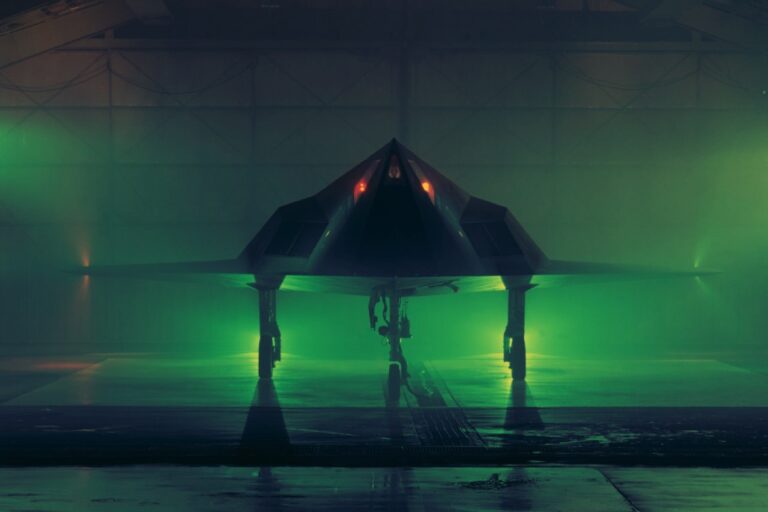The CIA’s Base Network and The Stuff You May Haven’t Heard About
Have you ever heard about the United States intelligence community?
Often referred to as the IC, is essential to America’s security at home and abroad. As it turns out, The US intelligence community is a crowded place.
According to, Andrew Bustamante is a former CIA agent, “When you consider the intelligence community as a whole, there are many pieces, many players, many different agencies that are included. I think it’s currently at 36 or 37 different members of the intelligence community.”
There are various types of national intelligence agencies: some are standalone, some operate under the Department of Defense, and others work within federal departments. The only entirely independent intelligence agency in the U.S. government, and the most famous one, is the Central Intelligence Agency (CIA).
Put simply, CIA’s core mission involves recruiting spies and acquiring classified information. Over the course of the 20th century, the agency evolved into secretive entities with undisclosed budgets and powers that sometimes extended beyond their government’s oversight.
However, before we tell the story of what they’ve done, we need to know how CIA got formed.
The History of CIA – How did CIA get started?
The CIA’s origins trace back to a critical juncture in modern history: the Second World War. Surprisingly, before this global conflict, the United States lacked a dedicated foreign intelligence agency.
Domestic intelligence duties were handled by the FBI, led by its long-serving director J. Edgar Hoover, established in the early 20th century. Other foreign intelligence matters were managed piecemeal by the State Department and Department of Defense, their information housed in scattered filing cabinets.
The attack on Pearl Harbor in 1941 caught the US off guard, prompting President Roosevelt to respond by creating the Office of Strategic Services (OSS). This seemingly innocuous agency was tasked with coordinating all intelligence and covert operations during World War II, marking a pivotal expansion in US intelligence capabilities and capacity.

Under the leadership of the charismatic “Wild Bill” Donovan, the OSS pulled off daring feats during World War II: sending saboteurs deep into enemy territory, spreading clever disinformation to confound Japanese and German forces, and bravely recruiting resistance fighters. The agency swelled to some 12,000 personnel stationed across Washington, D.C. and beyond, including a bold cohort of 500 field agents operating in occupied France.
After the war, President Harry Truman, initially unconvinced of the OSS’s post-war relevance, made a surprise move and disbanded it. Yet, as the Cold War dawned with escalating tensions between the U.S. and the Soviet Union, Truman swiftly had a change of heart.
With numerous former OSS leaders still in Washington, Truman initially set up a Central Intelligence Group and a National Intelligence Agency in 1946. The pivotal moment came in 1947 when Congress passed the National Security Act, which not only established the National Security Council but also gave birth to the CIA as it exists today.
How Does CIA Spy Network Operate?
The CIA focuses exclusively on national security, not domestic law enforcement. Its primary concerns revolve around combating terrorism, preventing the spread of weapons of mass destruction, monitoring global political developments—commonly referred to as espionage—and, more recently, engaging in cyber-intelligence activities.
Operating primarily abroad necessitates the CIA’s extensive network of bases worldwide. These bases, covertly managed by the agency within US embassies and consulates, serve as hubs for intelligence gathering and clandestine operations. The secrecy surrounding CIA bases extends to their locations, operations, and personnel, all classified to safeguard agents and sensitive information.
One notable CIA base is Pine Gap, recognized for its strategic importance in global intelligence operations.
Pine Gap – Top-Secret Facility
Pine Gap, a high-security U.S. spy base located near Alice Springs in Australia, plays a crucial role in global surveillance and intelligence operations. Officially known as the Joint Defence Facility Pine Gap, it is said to support the national security of both the U.S. and Australia by monitoring military developments and verifying arms control agreements. However, its true functions are far broader and more secretive than publicly acknowledged.
One of the primary roles of Pine Gap is to serve as a command post for U.S. spy satellites. These satellites, part of missions M7600 and M8300, cover vast regions including Eurasia, Africa, the former Soviet Union, China, South Asia, East Asia, and the Middle East. Positioned over 20,000 miles above the earth, these geosynchronous satellites are equipped with advanced surveillance technology that monitors various wireless communications, gathering critical military, scientific, political, and economic data.
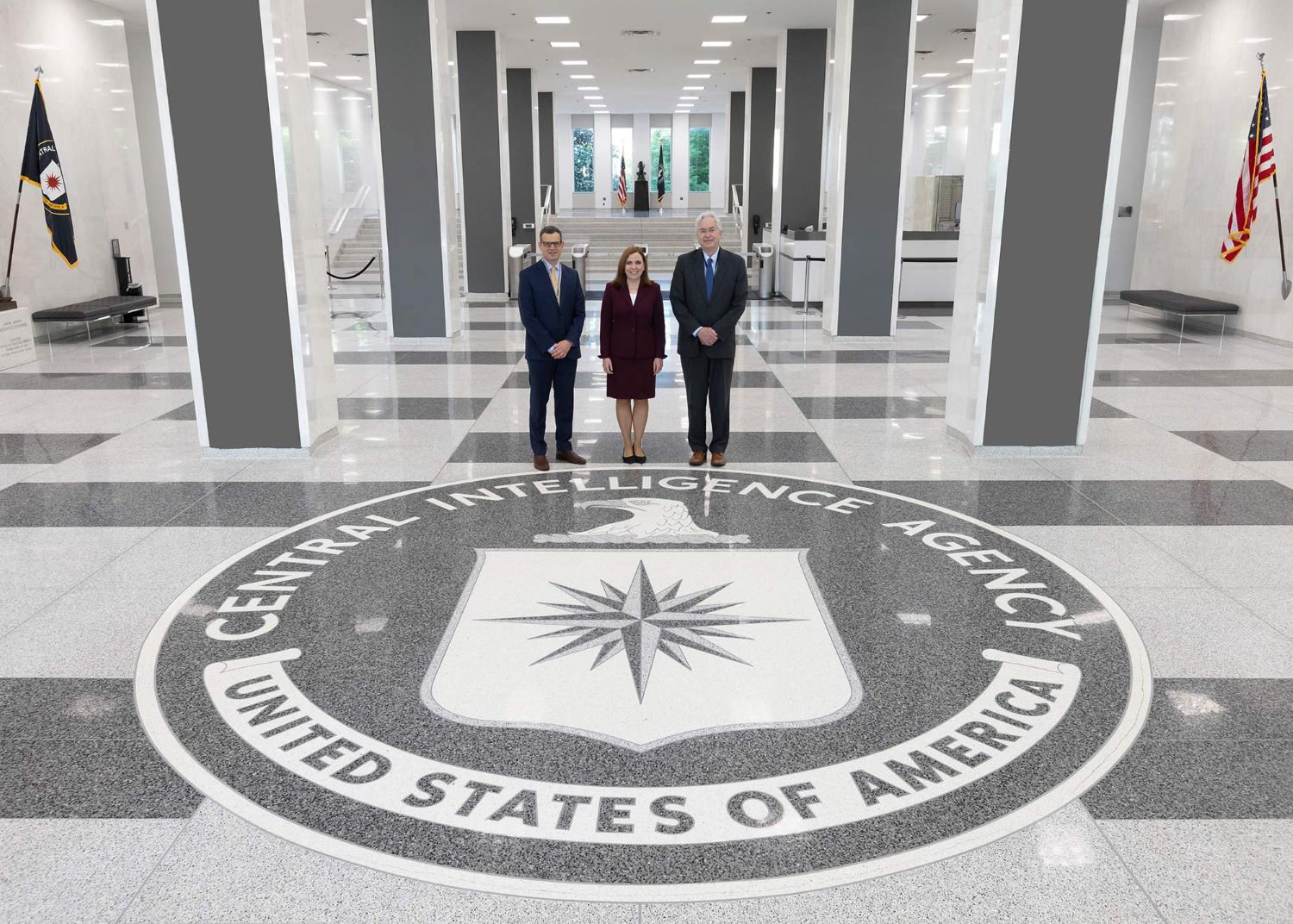
Pine Gap is also heavily involved in collecting geolocational intelligence. This intelligence is used to pinpoint targets for airstrikes, including controversial U.S. drone strikes in regions such as Yemen, Somalia, and Pakistan. The base’s “geopit” is a dedicated section equipped with tools for performing geolocations, providing accurate intelligence that can be used to minimize civilian casualties.
However, this practice has raised significant ethical and legal concerns due to the potential for civilian deaths and violations of international law.
In the past, Pine Gap focused on monitoring missile tests and military activities in countries like Russia and China. However, its role has expanded dramatically to provide actionable, time-sensitive intelligence for U.S. battlefield operations.
This transformation has significantly enhanced its capabilities, making it a vital component of U.S. military strategy. The base’s involvement in drone strikes, which have targeted militants but also resulted in civilian casualties, underscores the controversial nature of its operations.
The close intelligence and military cooperation between the U.S. and Australia is exemplified by Pine Gap. This relationship is formalized through the ANZUS Treaty and the Five Eyes surveillance alliance.
Pine Gap provides a strategic location for intelligence collection, underscoring the importance of the U.S.-Australia partnership in global security operations. However, this cooperation also means that Australia could be implicated in any conflicts arising from U.S. actions.
The future of Pine Gap and its implications for international relations are uncertain, particularly with the evolving political landscape and international tensions involving China and North Korea.
Pine Gap’s involvement in U.S. military operations means that Australia could be drawn into conflicts, whether or not the Australian government supports such actions. As a critical and highly secretive component of U.S. intelligence and military operations, Pine Gap remains a key player in global surveillance with significant consequences for global security and international relations.
Camp Peary – Spy School
If you aspire to operate at the highest levels of espionage, mastering top spy tradecraft is essential. That’s why US intelligence operatives undergo rigorous training in techniques like dead drops, brush passes, and advanced surveillance skills through what is widely regarded as the world’s premier spy training program.
The elite training takes place primarily at Camp Peary, affectionately known within the CIA as “The Farm.” Situated on approximately 10,000 acres near Williamsburg, Virginia, this facility has a storied history. Initially established as a military training center during World War II, it later served as a camp for Italian and German war prisoners before becoming the renowned training ground for future CIA operatives.
In 1951, the CIA took over and turned it into a secret spy school, though not officially acknowledged. In fact, the CIA has built an entire fake city there, complete with multiple houses and dormitories for students and staff. For training, the site features several shooting ranges, boathouses at the river, driving courses, and an airfield.
Students learn everything they need to know about life as a secret agent in the field, from basic weapons training to the handling of explosives, evading pursuers, and field surveillance. They practice how to infiltrate a border tightly guarded by watchtowers and police dogs. Enemy capture is simulated by kidnapping students from their dorm and interrogating them.
There’s even a mock prison where students learn how to deal with military confinement. If training needs to be even more hardcore, students are brought to Harvey Point, just a few hours south of The Farm. This is the place where, among other things, the operation to kill Osama Bin Laden was planned and trained.
CIA Controversy – the Never Extinguished Fire
What the CIA has been doing is, to some extent, shrouded in mystery. The agency grew to become shadowy entities with secret and suspicious acts. Here are some notable controversies that you may have heard.
Acting Outside the Control of the Government
The CIA is acting outside the law to spy on Americans through a bulk collection program, as revealed by Senators Ron Wyden and Martin Heinrich. This program involves indiscriminately gathering vast amounts of data, rather than targeting specific individuals or groups. Such bulk collection was previously exposed by whistleblower Edward Snowden in 2013, who revealed that the NSA had been collecting Americans’ telephone records in bulk.
Although Congress passed legislation in 2015 to end the NSA’s bulk collection program and prohibit such practices under the Foreign Intelligence Surveillance Act (FISA) of 1978, these restrictions do not apply to surveillance conducted under Executive Order 12333.
Executive Order 12333, issued by President Ronald Reagan in 1981, governs most foreign intelligence surveillance, which is not constrained by statutory limitations or judicial oversight. Unlike FISA, EO 12333 permits bulk collection.
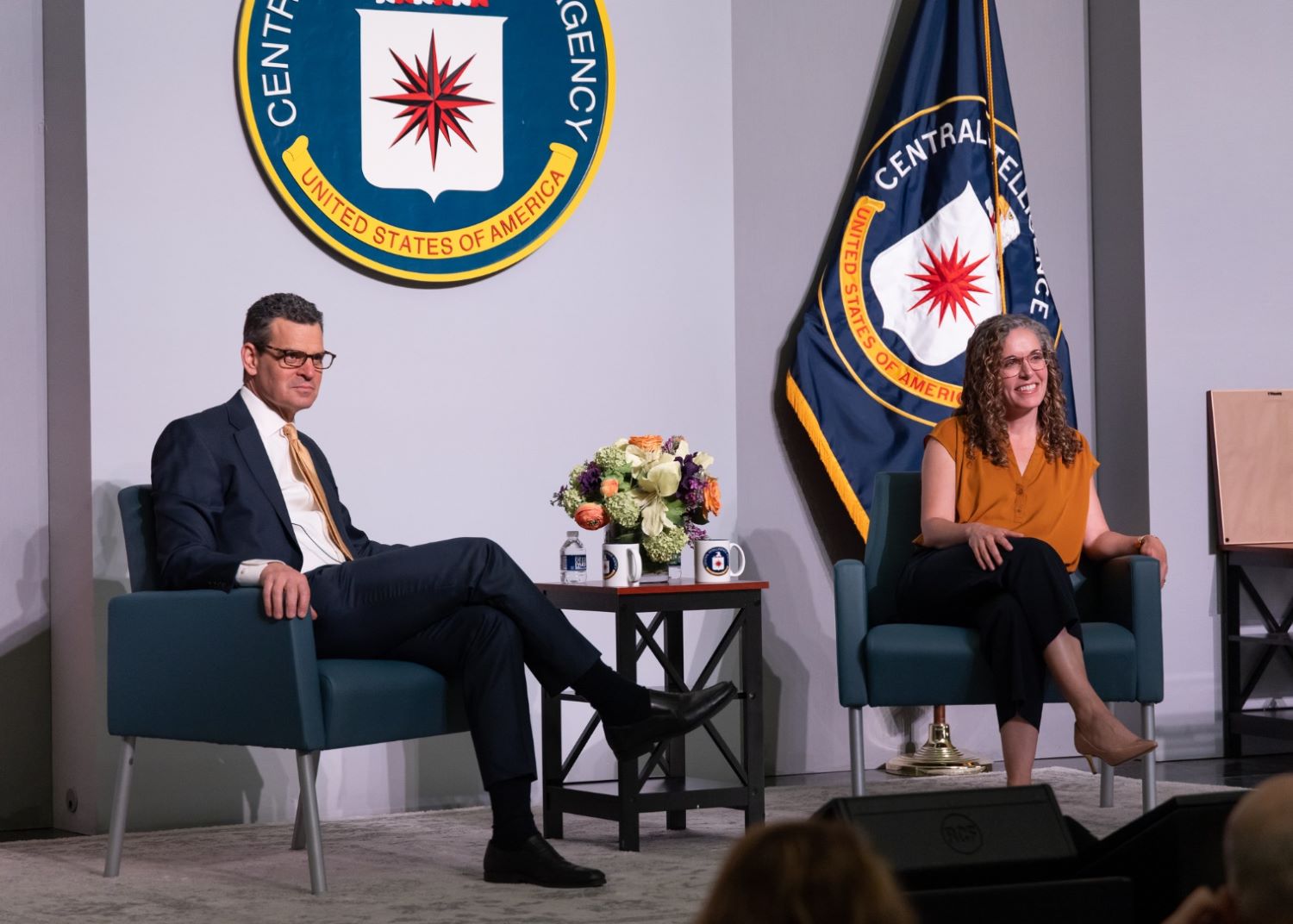
The distinction between FISA and EO 12333, which might have been relevant in 1978, is outdated today because Americans’ communications can be stored or routed through various global locations. Consequently, bulk collection under EO 12333 inevitably captures large amounts of Americans’ information.
Despite internal rules requiring that searches for Americans’ information be related to authorized CIA activities, these rules are determined by the CIA itself. The Privacy and Civil Liberties Oversight Board noted that the CIA’s rules, finalized in 2017, have not been implemented. The CIA can essentially search through Americans’ data at will, without any effective oversight.
The Biden administration has refused to declassify details about the nature of the CIA’s bulk collection program, and Senators Wyden and Heinrich, members of the Senate Select Committee on Intelligence, have contradicted the CIA’s claim that congressional intelligence committees are fully informed about the program. The lack of transparency and oversight undermines public trust, which is crucial for the effective operation of intelligence agencies.
To address this issue, Congress must legislate limits on EO 12333 surveillance, including a ban on bulk collection, and ensure it is subject to oversight by the Foreign Intelligence Surveillance Court. This is necessary to prevent significant privacy intrusions and abuse of power, ensuring that no surveillance impacting Americans’ privacy occurs without statutory safeguards or judicial oversight.
Black Sites – CIA violate several human rights in prisons on their territory
The CIA was running a network of secret prisons all across the world, so-called black sites. The most well-known CIA prison is Guantanamo Bay in Cuba. The prison was built for international terrorist suspects. Just four months after the attacks on 9/11, the first 20 people arrived.
However, Guantanamo is no regular prison; in most cases, there are no official charges, no trials, and no formal convictions. A total of 800 people were brought here, and some have been exposed to enhanced interrogation techniques, most commonly known as torture. Often, the CIA did not have clear evidence on their inmates.
The exact number and locations of black sites are still unknown. Some were run by foreign secret services, and at least 10 of these prisons were built and operated by the CIA. Over 50 governments participated in some way.
If the CIA suspected someone of being a terrorist, they sometimes became part of the agency’s extraordinary rendition program, or simply kidnapping. The suspect was illegally shackled, blindfolded, and transported via plane to one of the CIA’s black sites. Some of these prisons were allegedly planned from the CIA base in Frankfurt, while The Farm was allegedly involved in rendition flights.
One of the most important prisons of the CIA was on a Polish military base near the small village of Stare Kiejkuty. Inside this two-story villa, the CIA built one of its very first prisons after 9/11, code-named Quartz. The CIA tortured multiple suspects here.
As compensation for using the place, the CIA paid at least $15 million and outfitted the base with $300,000 worth of security cameras. After many years of denial, in 2014, the Polish government finally admitted that it hosted the secret CIA prison. Since then, the European Court of Human Rights has found multiple European countries responsible for letting the CIA violate several human rights in prisons on their territory.
In 2009, President Obama ordered for all black sites to be closed, but to this day, Guantanamo Bay still holds roughly 30 inmates.


